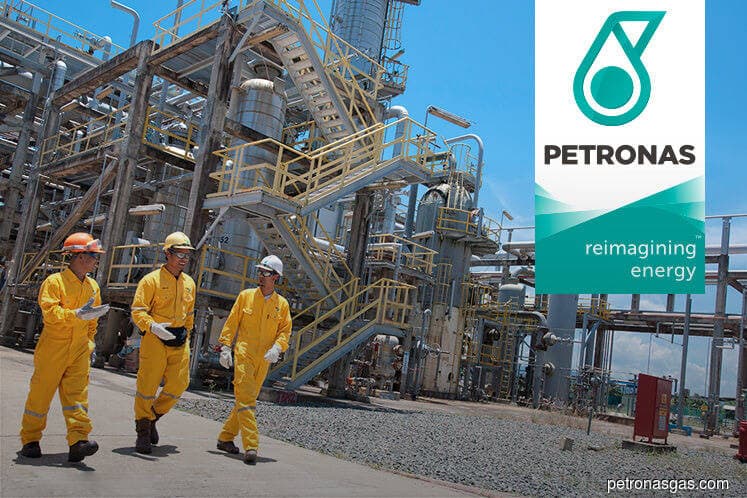
This article first appeared in The Edge Financial Daily on March 14, 2019
Petronas Gas Bhd
(March 13, RM17.70)
Maintained hold and a lower target price of RM17.30: Petronas Gas Bhd (PetGas) is currently operating under the new gas transportation tariff in 2019 (known as the pilot year), while it is in the midst of submitting a proposed tariff for first regulatory period (RP1) (2020-2022) to the Energy Commission following the implementation of third-party access. PetGas will also be gradually migrating from a depreciated replacement cost approach to net book value as the regulated assest base (RAB). This has a greater impact on its gas transportation business (which made up 40% of total 2018 operating profit) due to the lower net book value of its Peninsular Gas Utilisation pipeline network as compared to its regasification assets, which are relatively newer.
The Energy Commission has lowered the incentive-based regulation (IBR) tariff following the TPA implementation for Peninsular gas utilisation (from RM1.248 per gigaJoule (GJ) to RM1.072/GJ, Sungai Udang regasification terminal to RM3.518 per one million British thermal units (mmBtu) and Pengerang regasification terminal to US$0.637 per mmBtu. Based on our estimates, this could have a 7% impact on the regasification business in 2019, which makes up 25% of the business.
We cut our 2019-2020E earnings by 4%-8% to factor in the pilot gas transportation tariff in 2019 and a further earnings step-down based on the revised IBR in RP1. We maintain our “hold” call but lower our target price to RM17.30 (adjusting for a higher weighted average cost of capital of 7.8% from 7.1% and a lower terminal growth from 2% to 1%). PetGas currently pays among the highest dividends of Petronas listed companies. Notwithstanding the current situation, we believe the dividend payout would sustain at a similar 70% level going forward. The current about 4% dividend yield will likely lend support to the share price, thus we see limited downside risk from current levels.
Key upside/downside risks to our call falls on the outcome of the allowable return to be tabled to the Energy Commission. Downside risks also include any unforeseen operational disruption of the existing assets. — Affin Hwang Capital Research, March 13